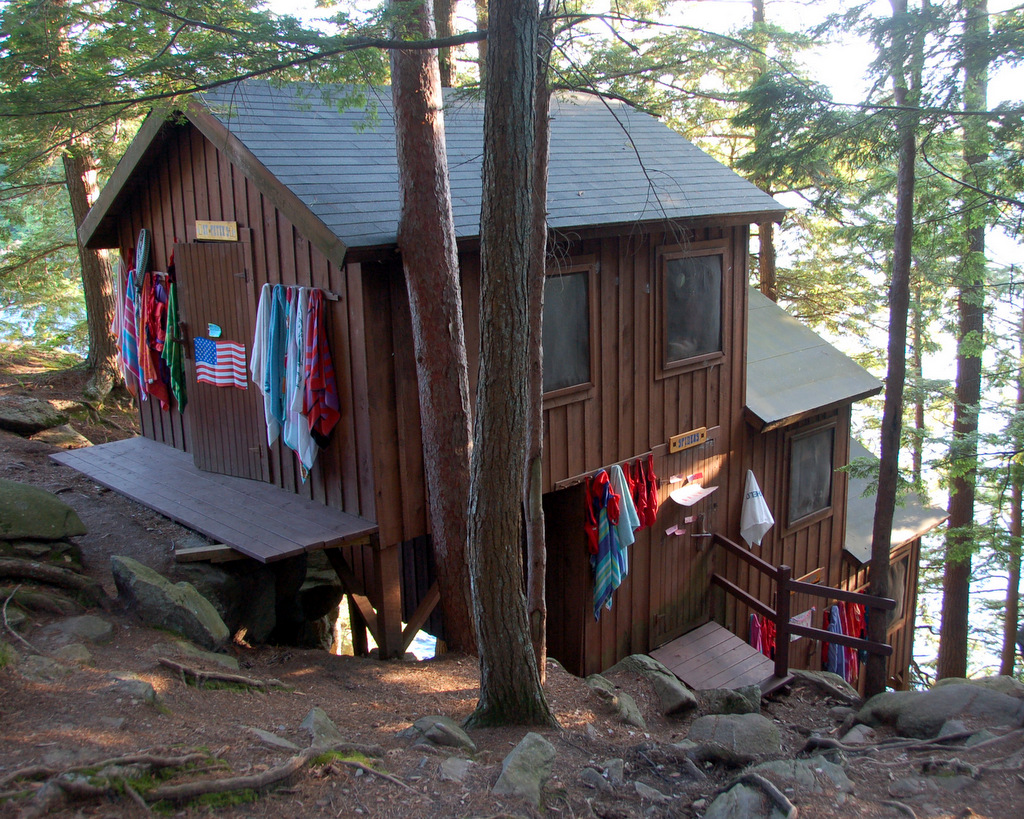The sound of kids laughing as they run into the lake. The wind through the pine trees as you
drift off to sleep on your bunk.
Swapping riddles among a group of friends as you paddle a kayak. Whether
you are headed to work at a summer camp for your 1st or 40th
summer, take a moment to consider what is calling you to camp.
Summer camps can be as inspiring and engaging for the
counselors as for the campers. What
do you want to get out of your camping experience? To ensure you offer the campers your best as well as feel
personally fulfilled, take a few minutes and jot down your answers to the
following questions before you pack your trunk.
- What will you do to be the best counselor possible?
- What do you need to keep your balance this summer?
- What can you bring to help you achieve both 1 and 2?
Do you want to make time every
night to ask each camper about his or her great moment for the day? Or is your strength in recognizing and
helping homesick campers having been there yourself? Or perhaps you’re the high-energy counselor who can
introduce five new games this summer. Pack your counselor goals in your trunk
along with your shorts and you’ll be more likely to keep those aims top of
mind.
We all need balance when living
with, supervising and instructing campers all summer. Their young exuberance can be fabulous and refreshing or
just downright fresh. Decide how
you are going to find space to keep a calm frame of mind.
Perhaps you need to find time to
take a run every other day, or finally work for your swimming honor or lead an
overnight trip. Think about your
goals and keep yourself fulfilled so you can be that best counselor possible
for your campers.
Finally, do you need to bring
anything to fulfill your counselor and your personal ambitions? Would a new pair of running shoes
inspire you to stick to your running goal? Is there a great book you want to pack to read to your
campers this summer (Wee Free Men is a humorous read aloud for young teens—your
campers may think you’re Scottish even if you’re from California). Do you have
the best waders for going frogging?
Make room in your trunk.
When, oh so long from now, the last bugle echo recedes in
August, stop again and think about the camp skills you have gained that are
relevant for your college or employment career; more thoughts on that here: Counselors Benefit From Camp Too!
What are you packing for you and your campers this summer?


